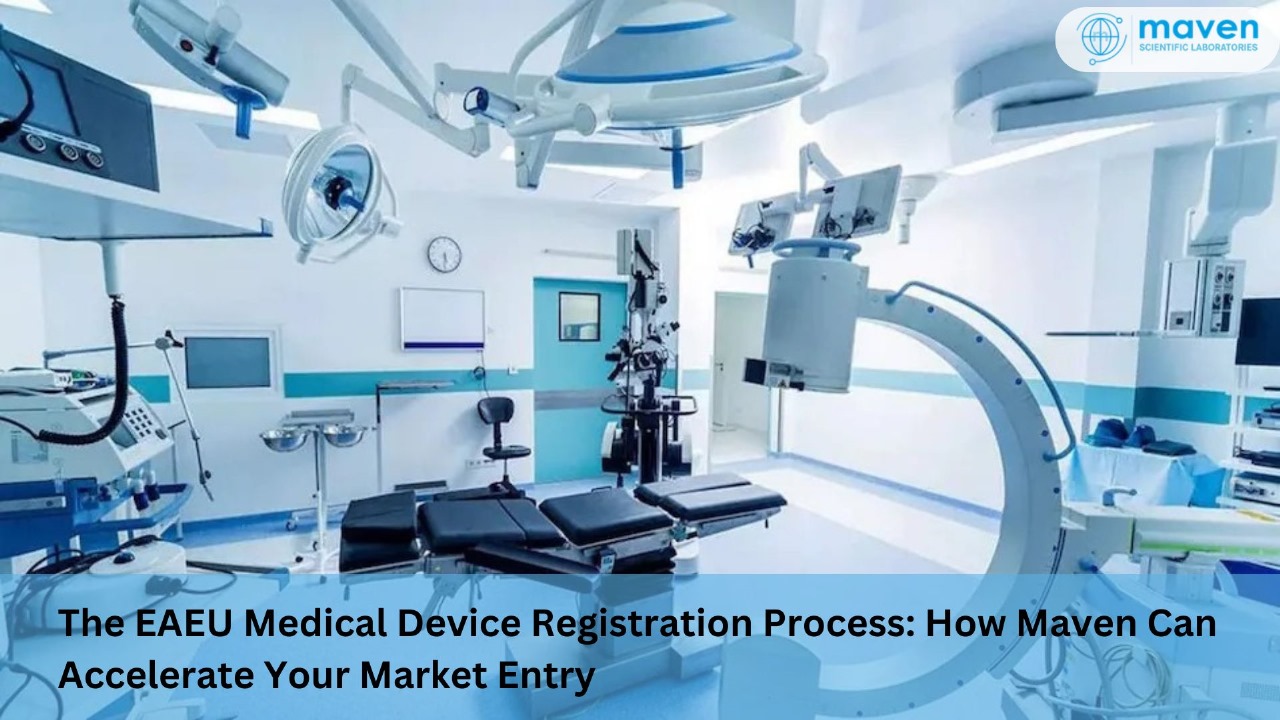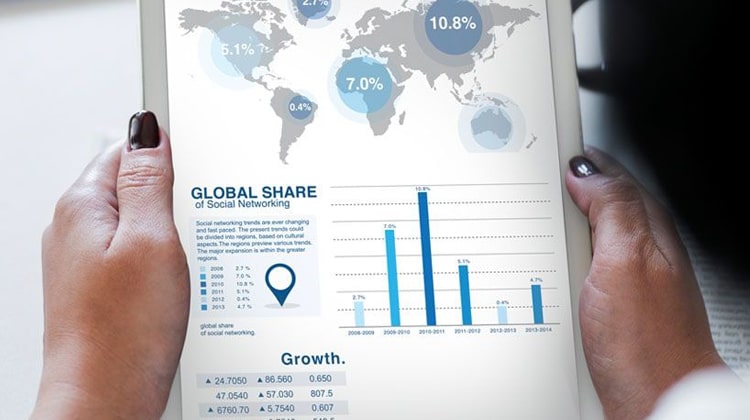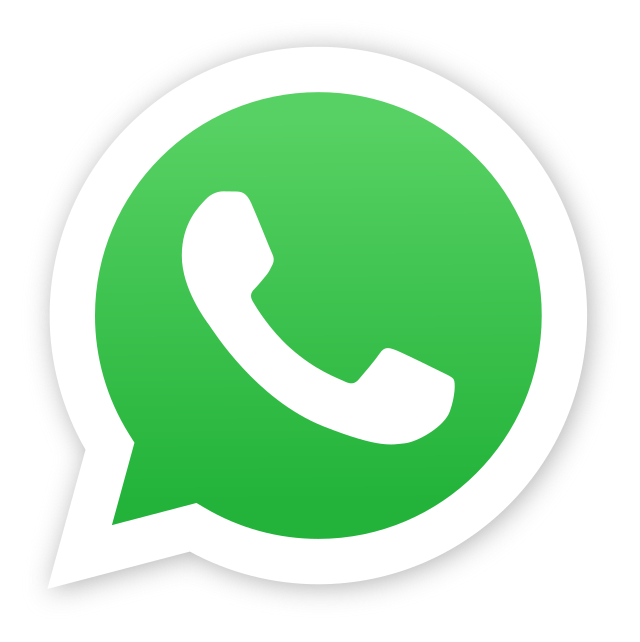
The EAEU Medical Device Registration Process: How Maven Can Accelerate Your Market Entry
The regulatory landscape for medical device registration has undergone significant changes in recent years, especially with the introduction of the Eurasian Economic Union (EAEU) rules. Since 2017, the EAEU has established a unified process for registering medical devices across its member states, offering a streamlined approach to market access in the region. These rules are governed by the EAEU’s Council Decision No. 46, which outlines the registration and examination process for medical products. At Maven, we specialize in helping companies navigate this complex regulatory framework, ensuring compliance and facilitating smooth market entry.
Why Register Your Medical Device According to EAEU Rules?
EAEU registration offers several advantages for manufacturers, particularly in terms of broader market access and regulatory alignment across the member states, which include Russia, Armenia, Belarus, Kazakhstan, and Kyrgyzstan. A key benefit is the ability to receive an indefinite registration certificate, valid across all EAEU member states, after the transitional period ends in 2025. This harmonization of requirements provides a competitive edge in the marketplace by simplifying the approval process and ensuring that products meet the highest standards of safety, quality, and effectiveness.
Key Updates to EAEU Regulations and Guidelines
Recent updates to the EAEU regulatory framework include:
- Council Decision No. 46 Amendments (2023): These amendments introduce new guidelines for clinical testing and post-market surveillance. Specifically, clinical trials for certain device types (e.g., implants and high-risk devices) must now follow stricter protocols.
- Unified Technical Regulation (2024): The regulation outlines more stringent requirements for biological safety studies and performance testing for active devices and in vitro diagnostic products.
- Implementation of the European Union's MDR (2024): The new regulation aligns the EAEU system with the EU's Medical Device Regulation (MDR), focusing on device traceability, technical documentation, and vigilance reporting requirements.
These updates are designed to improve safety and effectiveness while ensuring that the EAEU regulatory system aligns with global standards.
The Stages of Medical Device Registration under EAEU Rules
The process of registering a medical device under EAEU rules is multi-phased and requires careful attention to each stage. Below is an overview of the complete registration process:
1. Pre-Registration Stage
Before beginning the formal registration process, manufacturers should conduct thorough market assessments and evaluate the device's compliance with EAEU regulations. This stage typically includes:
- Determining the device’s risk class and product category.
- Reviewing the requirements for clinical trials or performance testing.
- Evaluating the need for quality management system certification (e.g., ISO 13485).
- Assessing market entry strategies and identifying the appropriate local authorities for submission.
2. Stage 1: Document Preparation
This critical stage involves compiling all necessary documentation for the device's registration. At Maven, we assist in ensuring all documents are accurate, complete, and compliant with EAEU regulations. The key documents include:
- Risk Class and Product Classification: Determining the classification of the device based on its risk level (Class 1, 2a, 2b, or 3).
- Quality Management System Certification: Typically, ISO 13485 is required.
- Clinical Data: If necessary, clinical trial results, performance studies, and evidence of safety and effectiveness.
- Essential Documents: These include the manufacturer’s power of attorney, the declaration of conformity, product design, labelling information, and supporting data for safety and efficacy.
3. Stage 2: Registration and Examination
Once the documents are prepared, the registration dossier is submitted for examination. This phase involves:
- Technical and Biological Testing: Conducting necessary testing to demonstrate that the device meets EAEU standards for safety, performance, and quality.
- Clinical Trials (if required): For higher-risk devices (Class 2b and Class 3), clinical trials may be necessary to demonstrate efficacy and safety.
- Regulatory Review: The submitted dossier is reviewed by the appropriate regulatory authorities (e.g., Roszdravnadzor in Russia and other EAEU member states) for approval.
4. Stage 3: Post-Market Surveillance
After receiving approval, manufacturers must engage in ongoing post-market surveillance to ensure the device remains safe and effective. This includes:
- Adverse Event Reporting: Manufacturers must monitor and report any adverse events or product defects that arise during the post-market phase.
- Safety Monitoring: Continuous assessment of the product’s performance and any need for recalls or safety alerts.
- Market Surveillance: Ongoing compliance with regulatory bodies to ensure product safety over time.
5. Stage 4: Registration Renewal and Amendments
Medical device registration is typically valid for a certain period, after which it must be renewed. This stage involves:
- Renewal: Manufacturers must submit a renewal application before the certificate expires, often including updated documentation.
- Amendments: Any changes to the device (e.g., design, labelling, indications) must be submitted to the regulatory body for approval.
6. Stage 5: Transition from Russian Federation Rules to EAEU Rules
For companies previously registered under Russia’s national rules, transitioning to the EAEU system can be a complex process. Maven assists in navigating this transition, ensuring that all legacy certifications are aligned with EAEU requirements. The transition period is set to conclude by December 31, 2025, but proposed legislative changes may allow the continued validity of certain certificates obtained under national rules.
Timeframes for Registration
The timeframes for obtaining a registration certificate under the EAEU rules depend on the risk class of the medical device. Here are the updated timeframes:
- Class 1 Devices: 6-9 months
- Class 2a Devices: 9-12 months
- Class 2b Devices: 12-14 months
- Class 3 Devices: 14-18 months
These timeframes include the necessary documentation preparation, testing, clinical trials (if required), and regulatory review by authorities.
Types of Medical Devices Covered by EAEU Registration
The EAEU registration rules cover a wide range of medical devices, including but not limited to:
- Medical Equipment: Diagnostic and therapeutic devices, such as ultrasound and X-ray equipment, life support devices, and implants.
- Cosmetology and Surgical Devices: Devices used in cosmetic procedures and surgeries.
- Laboratory Equipment: Analysers, diagnostic tools, and medical laboratory equipment.
- Rehabilitation Devices: Robotic prosthetics, electric wheelchairs, and other assistive devices.
Maven assists manufacturers in navigating the requirements for all these categories, ensuring their devices meet the necessary standards for safety and efficacy.
Conclusion
Registering medical devices according to the EAEU rules can provide substantial benefits for manufacturers seeking to enter or expand in the Eurasian market. With updated regulations and a clearly defined process, EAEU registration offers a streamlined approach to market access across member states. Maven is here to help you navigate the complexities of this process, offering expert support at every stage—from document preparation to post-registration compliance. With our guidance, you can ensure your medical device meets the highest regulatory standards, positioning your product for success across EAEU member states.
For more information on how Maven can assist with your EAEU medical device registration, contact us today to schedule a consultation!







